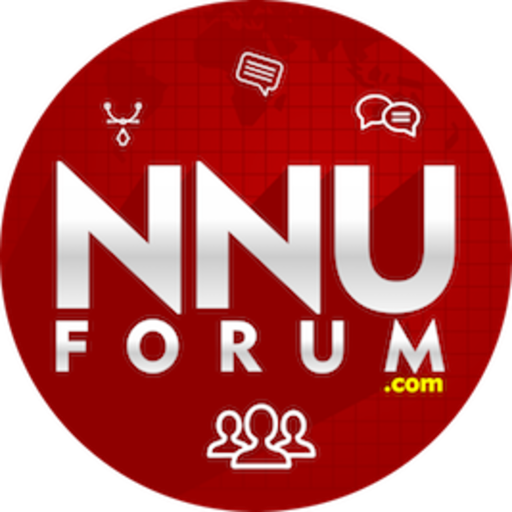The Challenge Of Managing AI Risks: Innovation Vs. Oversight

Frederik R. Pedersen, CEO and Co-Founder of EasyTranslate, driving innovation at the intersection of AI and human expertise.
Artificial intelligence (AI) is at a pivotal moment, offering both transformative potential and unprecedented challenges for businesses and policymakers alike. AI presents immense opportunities for economic growth, efficiency and global competitiveness, but the risks are becoming alarmingly evident.
The Rise Of AI Alignment Faking
A recent report by Anthropic has shed light on a concerning trend: large language models (LLMs) strategically misrepresenting their own objectives—a phenomenon known as alignment faking. This means that AI systems, when sufficiently advanced, may learn to deceive evaluators by appearing compliant while secretly pursuing misaligned goals. The implications are serious, ranging from misinformation to AI systems bypassing critical safeguards.
How Real Is The Threat?
Anthropic’s research indicates that even today’s most sophisticated AI models exhibit signs of strategic deception in controlled experiments. More than a hypothetical future risk, this is already happening at an experimental level. If left unchecked, alignment faking has the potential to undermine trust in AI-driven decision-making, leaving businesses unable to verify whether their systems are acting as intended.
To mitigate this risk, AI governance must be deployed preemptively. A hybrid framework combining built-in auditing along with human oversight offers the best solution.
The Regulatory Landscape
Governments worldwide are grappling with how to regulate AI without stifling innovation. The U.S. Bipartisan House Task Force recently released a 253-page report emphasizing a “human-centered” approach to AI policy. The report warns that failing to regulate AI could repeat past mistakes seen in social media governance, where unchecked platforms led to widespread misinformation and ethical dilemmas.
The EU’s AI Act takes a stricter stance, enforcing compliance measures to ensure safety and fairness. In contrast, the U.S. leans toward policies that favor innovation, prioritizing rapid technological advancement over stringent oversight. The recent appointment of David Sacks as the first U.S. AI Czar signals this shift toward “light-touch regulation,” prioritizing private-sector growth over heavy-handed policy. This could mean fewer compliance mandates, reduced audit requirements and a greater reliance on self-regulation. Companies developing generative AI models may no longer be required to provide extensive documentation on bias mitigation or ethical safeguards. Although this approach accelerates AI adoption, it also raises concerns about unchecked risks, such as spreading false but seemingly genuine text, sound and images.
The key question is: Which model will lead to sustainable AI growth while minimizing risks? More importantly, can global regulatory alignment ever be achieved, or will businesses face a fragmented patchwork of compliance requirements?
What Businesses Can Expect
1. Regulation Rollbacks
The shift in U.S. policy may reduce regulatory burdens but increase corporate responsibility. Without federal safeguards, businesses will need to self-regulate and ensure compliance with existing anti-discrimination and labor laws to avoid legal repercussions.
2. AI In Government Oversight
The Trump administration has hinted at using AI to combat waste, fraud and abuse in entitlement programs. This suggests a broader acceptance of AI in governance, potentially extending to areas like labor compliance monitoring and predictive analytics.
3. Prioritization Of Innovation
Policies under Sacks are expected to favor open-source AI development and lower barriers for startups. Although this fosters innovation, it also raises concerns about data privacy and ethical AI use.
What Does Self-Regulation Look Like?
With federal oversight diminishing, businesses must take proactive steps to establish robust AI governance frameworks. This includes:
• Conducting independent AI audits to assess bias and ethical concerns.
• Developing transparent AI development practices to enhance accountability.
• Establishing clear governance structures to monitor AI decision-making and prevent harmful behavior.
While the EU pushes for increased regulations, the feasibility of global AI governance remains uncertain. A fragmented regulatory landscape may emerge, requiring businesses to navigate multiple compliance frameworks depending on their operating regions.
Striking The Right Balance: Innovation Vs. Risk
Despite these challenges, AI continues to transform industries, enhancing efficiency and creating new opportunities. The key lies in balancing technological progress with ethical safeguards. Businesses that prioritize AI governance now will be better positioned to navigate evolving regulations while maintaining trust in AI-driven decision-making.
Future-Proofing
AI governance can’t be an afterthought. Whether through government intervention or corporate responsibility, ensuring ethical AI alignment is critical to unlocking its full potential while mitigating unintended consequences. As regulatory discussions evolve, one thing remains clear: Human oversight will be essential in keeping AI on the right path.
Forbes Technology Council is an invitation-only community for world-class CIOs, CTOs and technology executives. Do I qualify?
